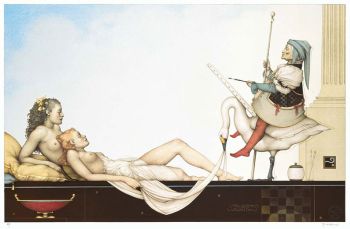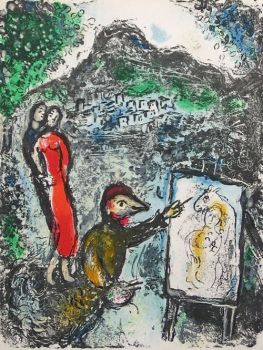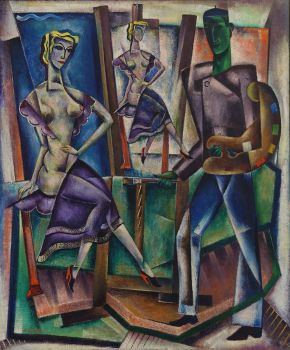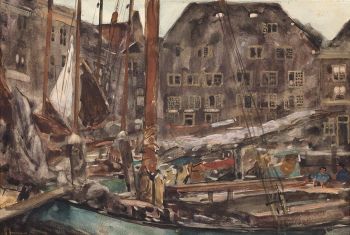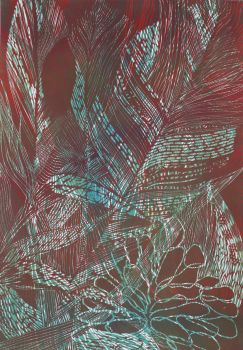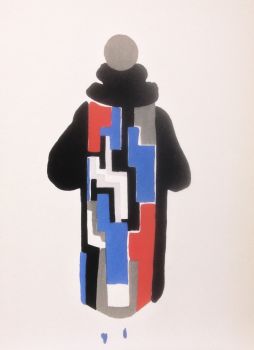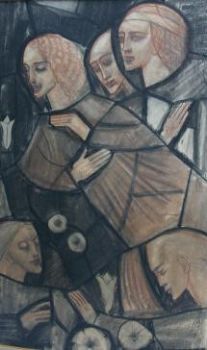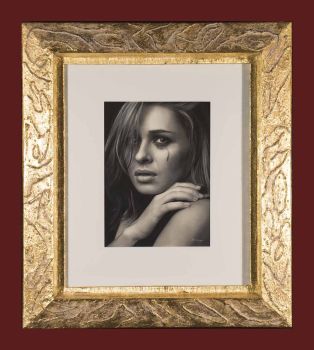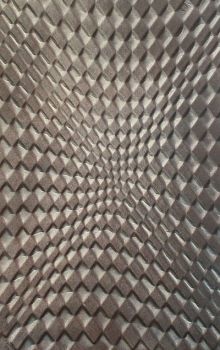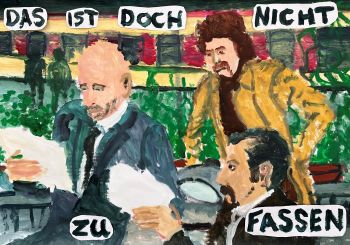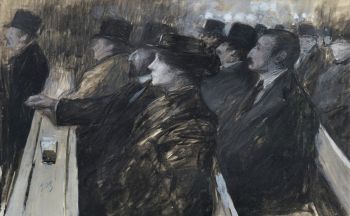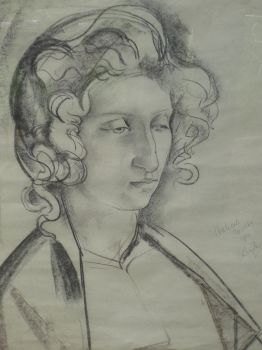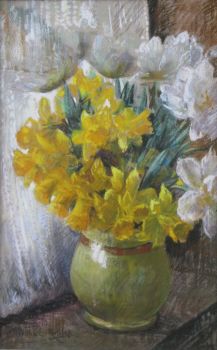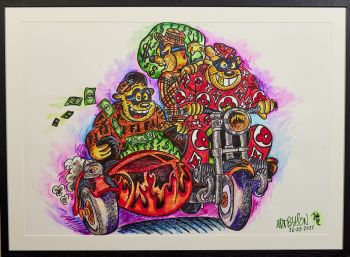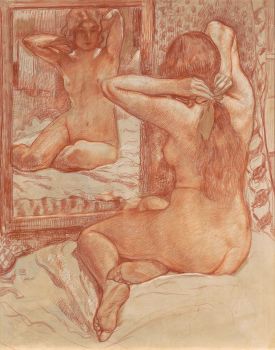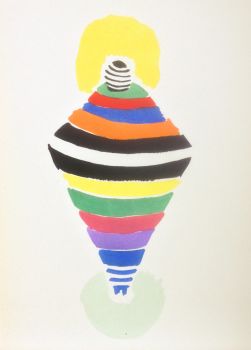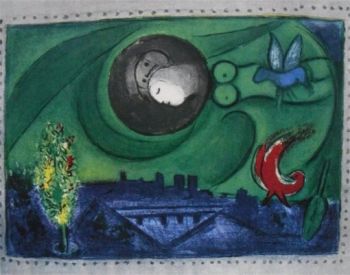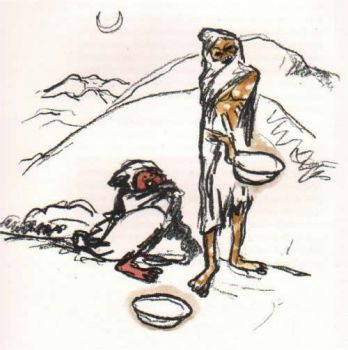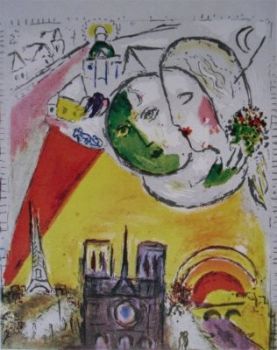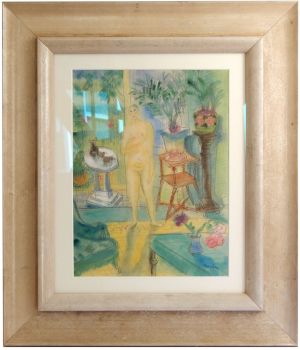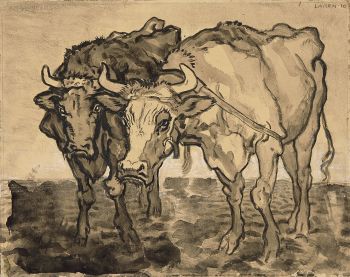Andy Warhol. Catalogue Raisonné. Paintings and Sculptures 1964-1969. Volume 2 2004
Andy Warhol
Paper
25 ⨯ 29 cm
Currently unavailable via Gallerease
Scriptum Art Books
- About the artworkWARHOL - Frei, George & Thomas Printz: July 2004, (29 x 25 cm), 850 pp. English text, 1460 colour ills., 130 b/w. ills., 2 volumes, hardcover in carton slipcase.
Andy Warhol (1928-1987) is arguably the most iconic figure of twentieth-century art, a highly enigmatic personality who not only altered the definition of art itself but also left in his wake a vast and staggeringly complex record of his activities. Warhol's archive consists not only of his artworks but also of 1,500 cardboard boxes, flat files and trunks filled with source material, memorabilia, correspondence and junk mail. The catalogue raisonné constitutes an indispensable record of the artist's paintings, drawings and sculptures: some 15,000 works produced by the artist between 1948 and 1987, the year of his death. Volume 2 documents the artist's paintings, sculpture and installations made between 1964 and 1969, the important period known as 'The Factory Years', when Warhol began to acquire Pop Art fame as well as a cadre of collaborators and groupies - all of which made 'The Factory' into one of the most mythologized artist's studios ever, and Warhol's work at this time emblematic of his career as a whole. This volume documents 23 series and more than 1,400 individual works, including the well-known series Thirteen Most Wanted Men, the box sculptures, approximately 300 works in the Jackie series, and the 1964 and 1964-5 Flowers series, amongst others. As in Volume 1, Volume 2 includes a fascinating collection of source material: especially the rare studio photographs taken by Billy Name-Linich, who became The Factory's first de facto photographic historian. In this volume, editors Georg Frei and Neil Printz focus on Warhol's serial production, analysing the evolution of Warhol's working methods and the growing relationship between Warhol's exhibitions and his studio production. They establish a sophisticated and extensive chronology for the works of this period, many of which have been difficult to locate and to date, due to their seriality. The text provides both a compelling overview and an unparalleled deconstruction of Warhol's riveting story. The project is co-sponsored by the Andy Warhol Foundation for the Visual Arts in New York and by Thomas Ammann Fine Art in Zurich. - About the artist
Andy Warhol was born Andrew Warhola on August 6, 1928, in Pittsburgh. He received his B.F.A. from the Carnegie Institute of Technology, Pittsburgh, in 1949. That same year, he moved to New York, where he soon became successful as a commercial artist and illustrator. During the 1950s, Warhol's drawings were published in Glamour and other magazines and displayed in department stores. He became known for his illustrations of I. Miller shoes. In 1952, the Hugo Gallery in New York presented a show of Warhol's illustrations for Truman Capote's writings. He traveled in Europe and Asia in 1956.
By the early 1960s, Warhol began to paint comic-strip characters and images derived from advertisements; this work was characterized by repetition of banal subjects such as Coca-Cola bottles and soup cans. He also painted celebrities at this time. Warhol's new painting was exhibited for the first time in 1962, initially at the Ferus Gallery, Los Angeles, then in a solo exhibition at the Stable Gallery, New York. By 1963, he had substituted a silkscreen process for hand painting. Working with assistants, he produced series of disasters, flowers, cows, and portraits, as well as three-dimensional facsimile Brillo boxes and cartons of other well-known household products.
Starting in the mid-1960s, at The Factory, his New York studio, Warhol concentrated on making films that were marked by repetition and an emphasis on boredom. In the early 1970s, he began to paint again, returning to gestural brushwork, and produced monumental portraits of Mao Tse-tung, commissioned portraits, and the Hammer and Sickle series. He also became interested in writing: his autobiography, The Philosophy of Andy Warhol (From A to B and Back Again), was published in 1975, and The Factory published Interview magazine. A major retrospective of Warhol's work organized by the Pasadena Art Museum in 1970 traveled in the United States and abroad. Warhol died February 22, 1987, in New York.
Are you interested in buying this artwork?
Artwork details
Related artworks
- 1 - 1 / 1
Yoko Ono
YOKO ONO: "ARISING" SIGNED BOOK PLUS SMALL ARTWORK 2010 - 2014
Price on requestGallerease Selected
Hermann Nitsch
"UNDER MY SKIN" Signed book incl. small artwork and DVD in a matching box2010 - 2014
Price on requestGallerease Selected
LAWRENCE WEINER
"SKIMMING THE WATER [MENAGE A QUATRE]" Signed book plus small artwork2010 - 2014
Price on requestGallerease Selected
Tilmanus Nicolaus Maastricht
Missale Romanum with Dutch silver mounts1788 - 1792
Price on requestJacob J. Roosjen SRI
Yoko Ono
YOKO ONO: "ARISING" SIGNED BOOK PLUS SMALL ARTWORK 2010 - 2014
Price on requestGallerease Selected
1 - 4 / 22- 1 - 4 / 7
- 1 - 4 / 24

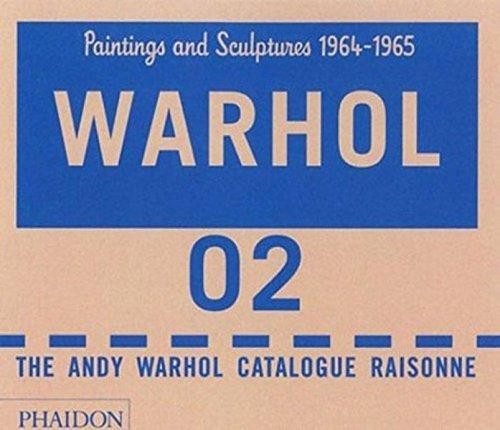
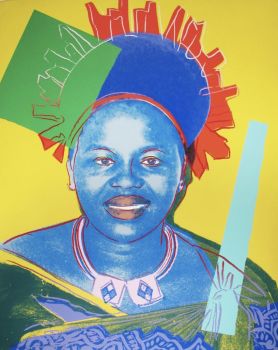












!["SKIMMING THE WATER [MENAGE A QUATRE]" Signed book plus small artwork by LAWRENCE WEINER](https://media-2.gallerease.com/images/442bfd5f-fc31-4e18-a2fa-ee0c08eade64/350x350/skimming-the-water-menage-a-quatre-signed-book-plus-small-artwork.jpg)







